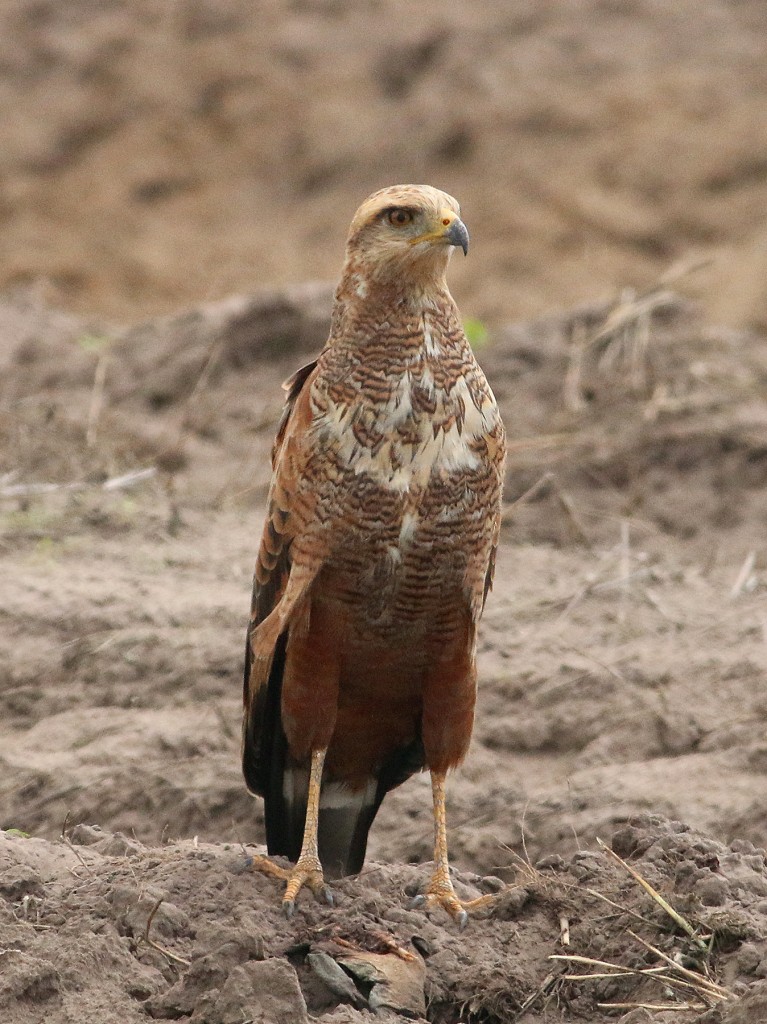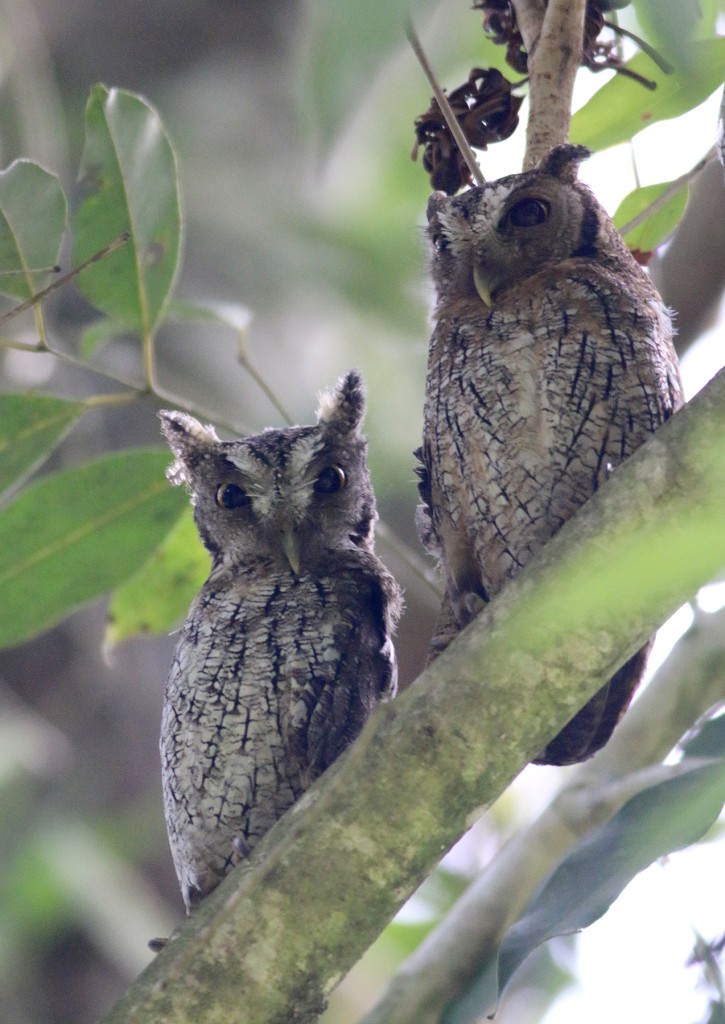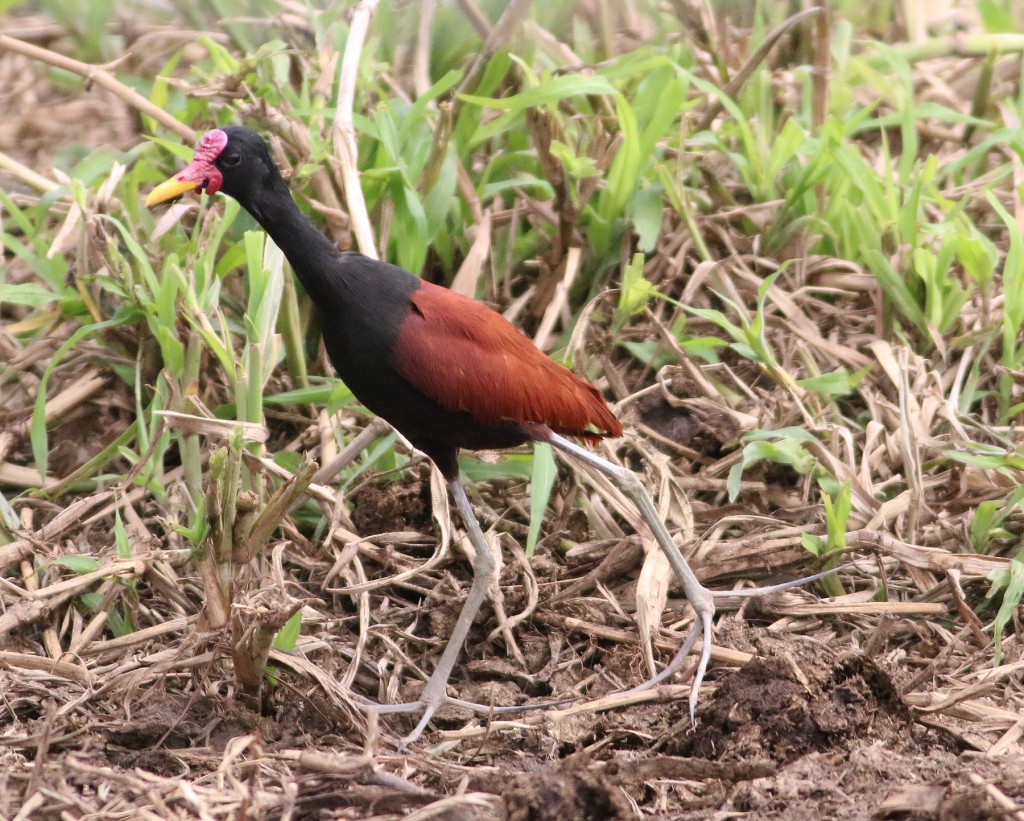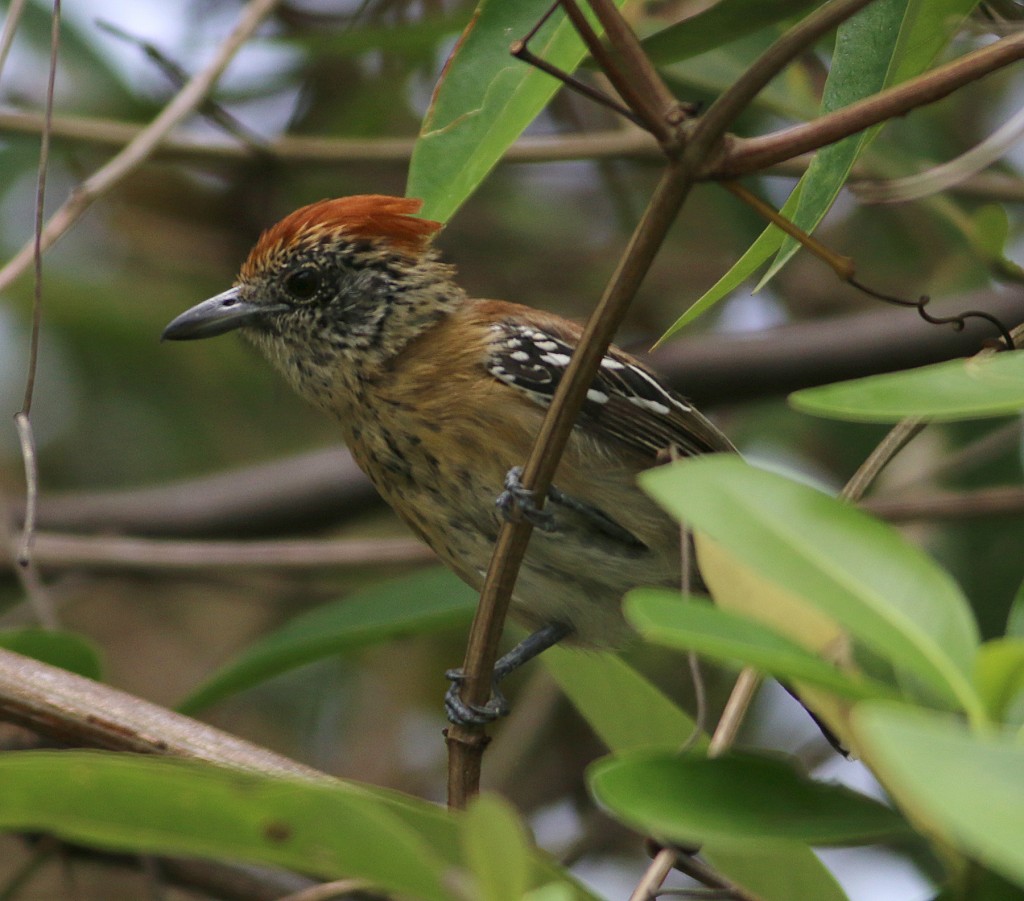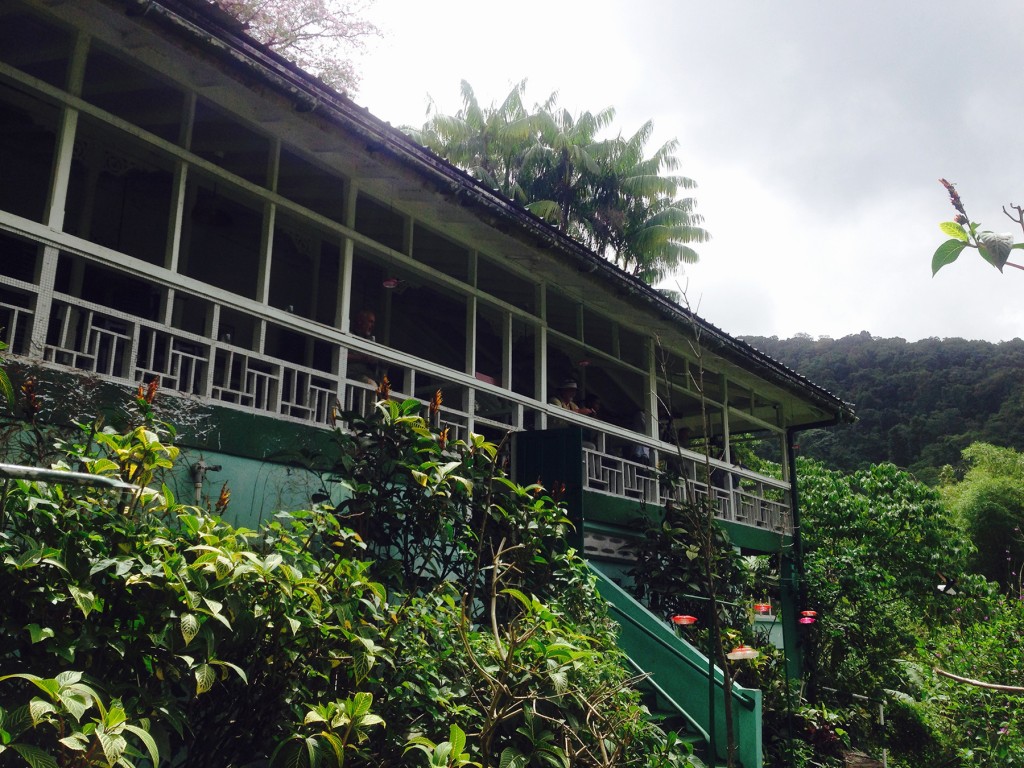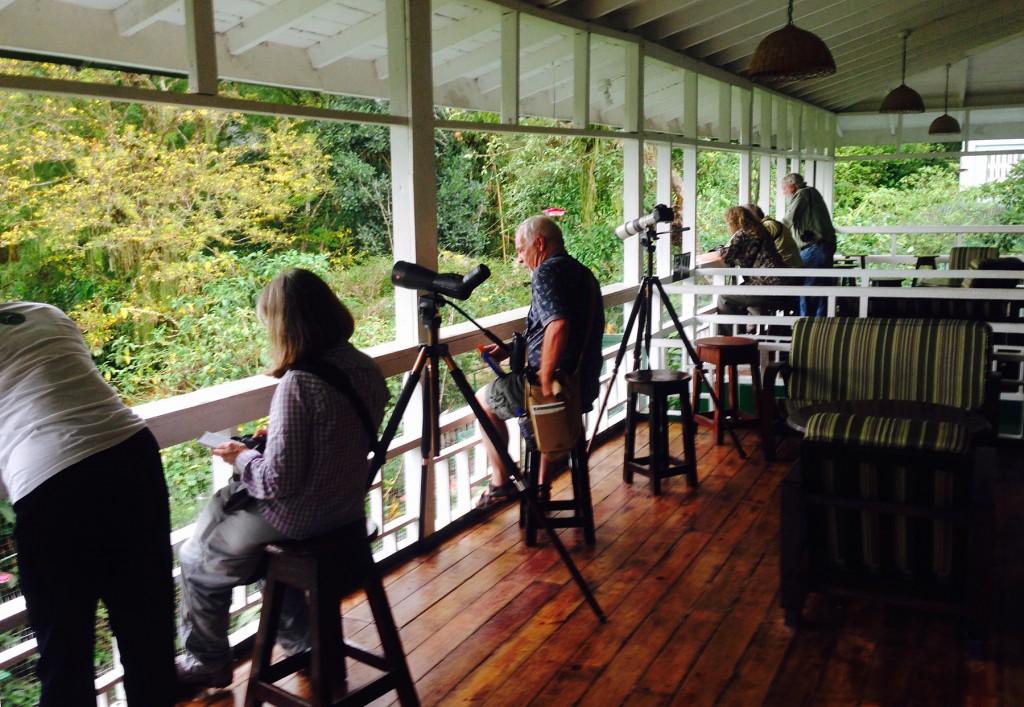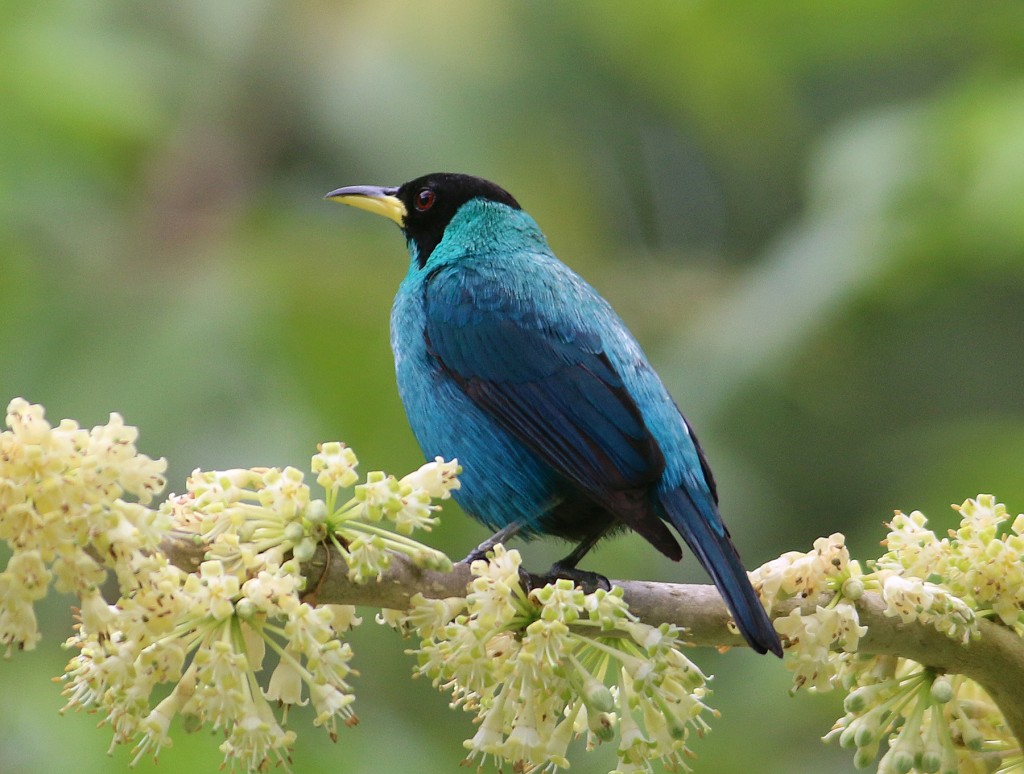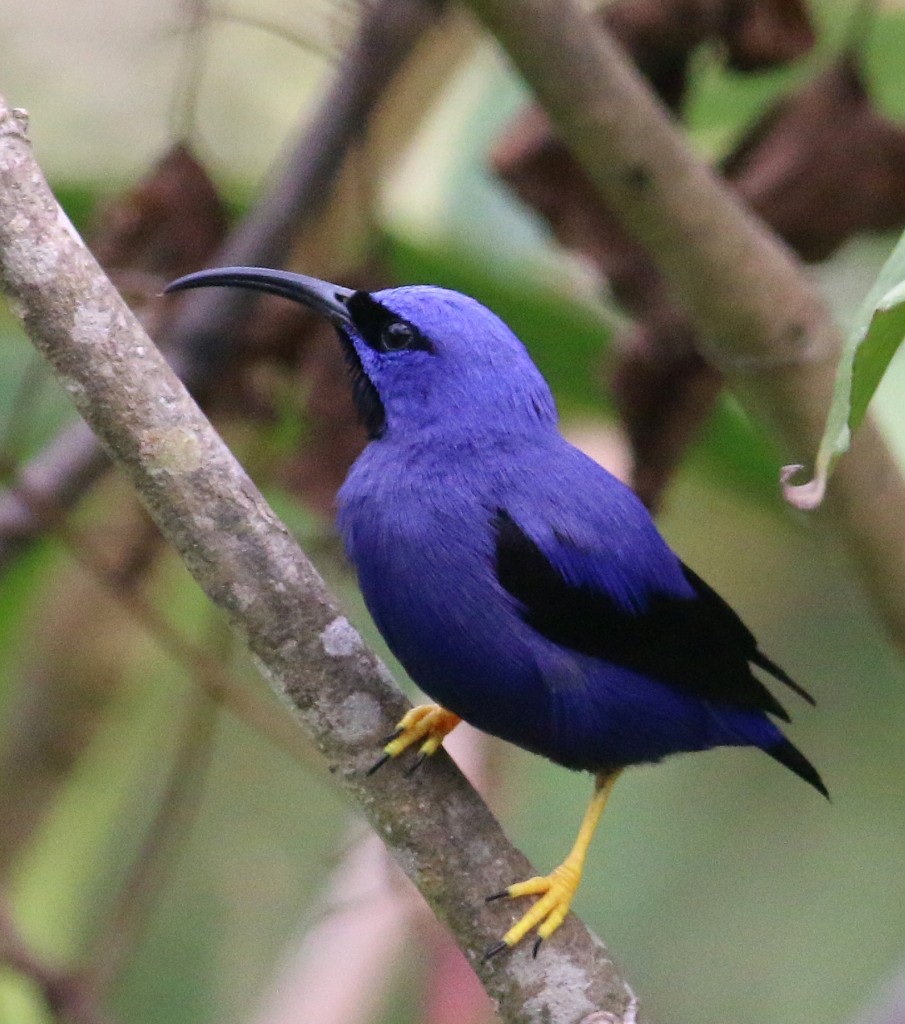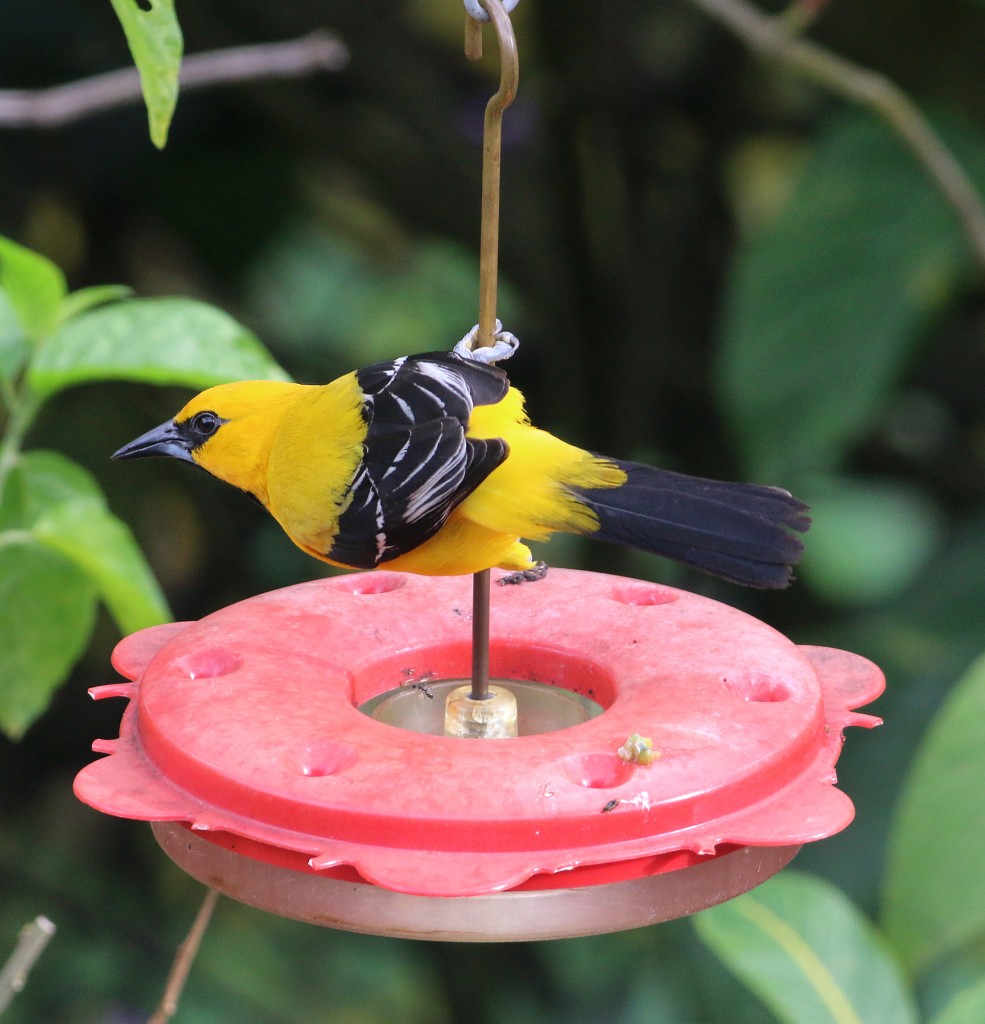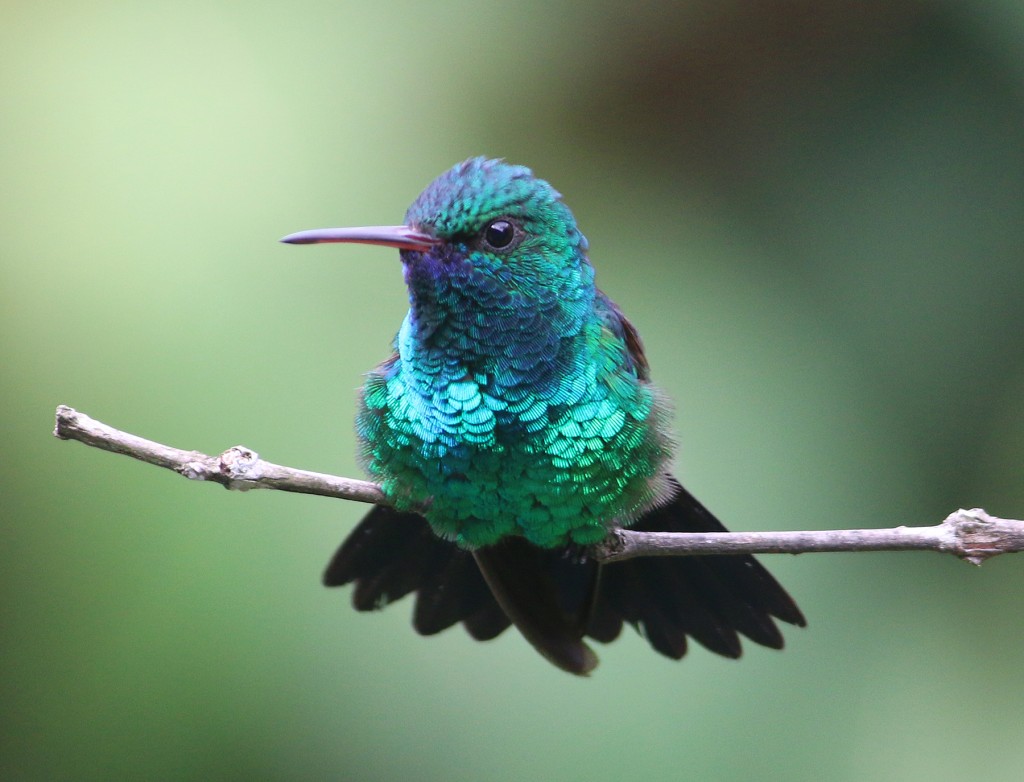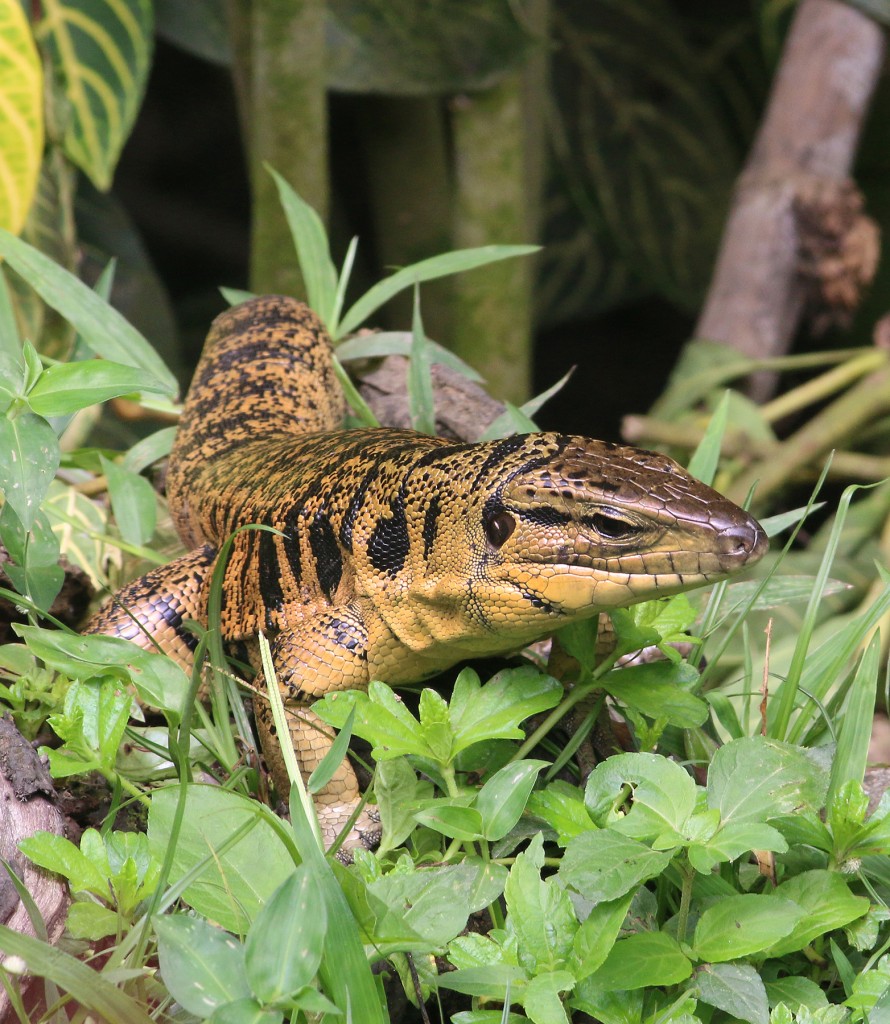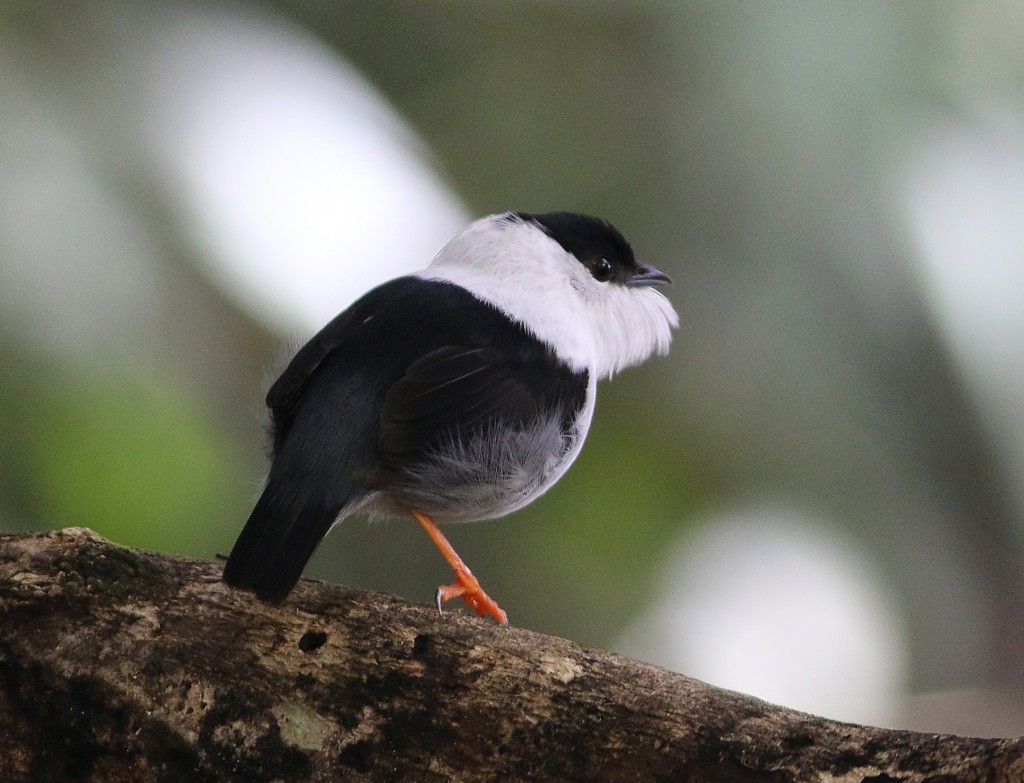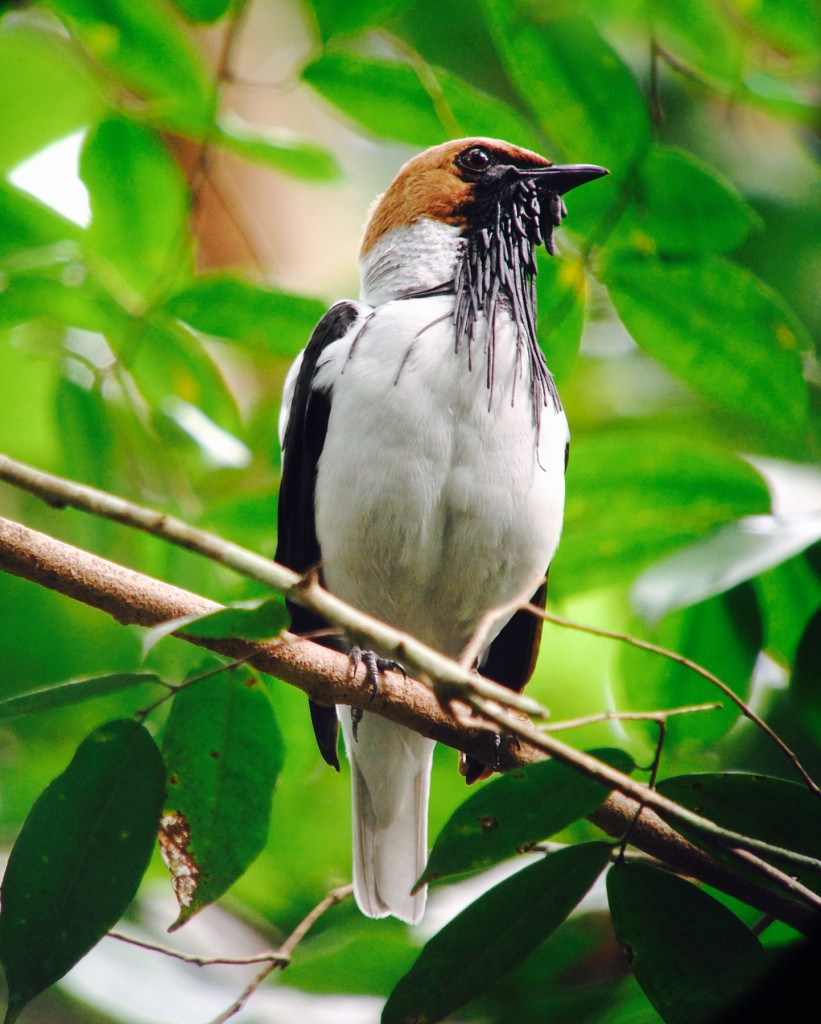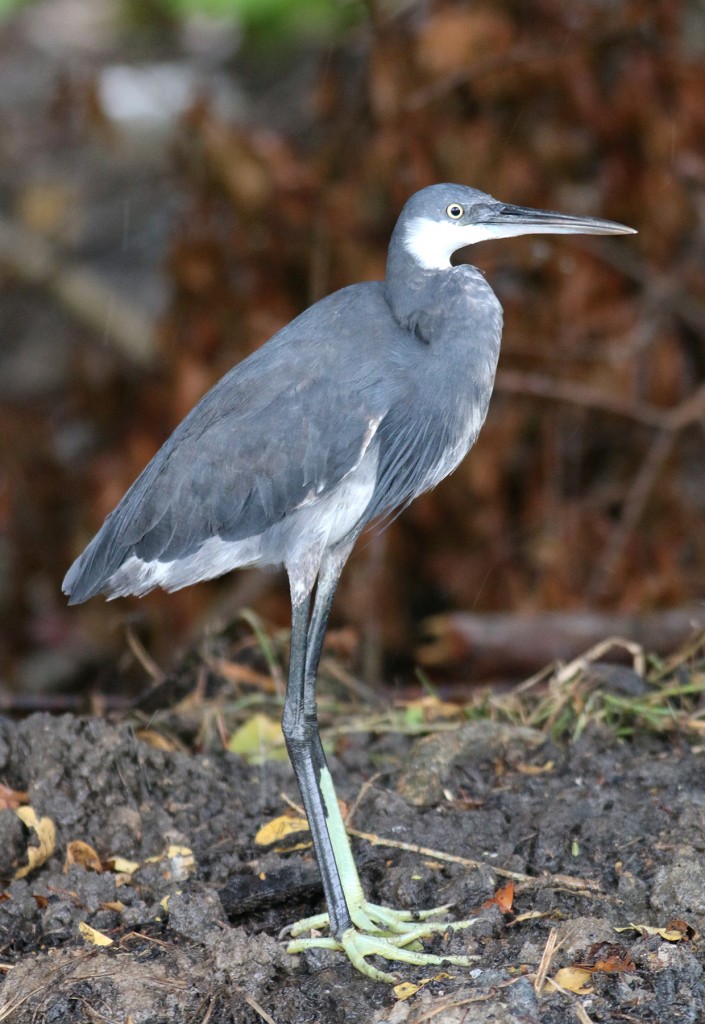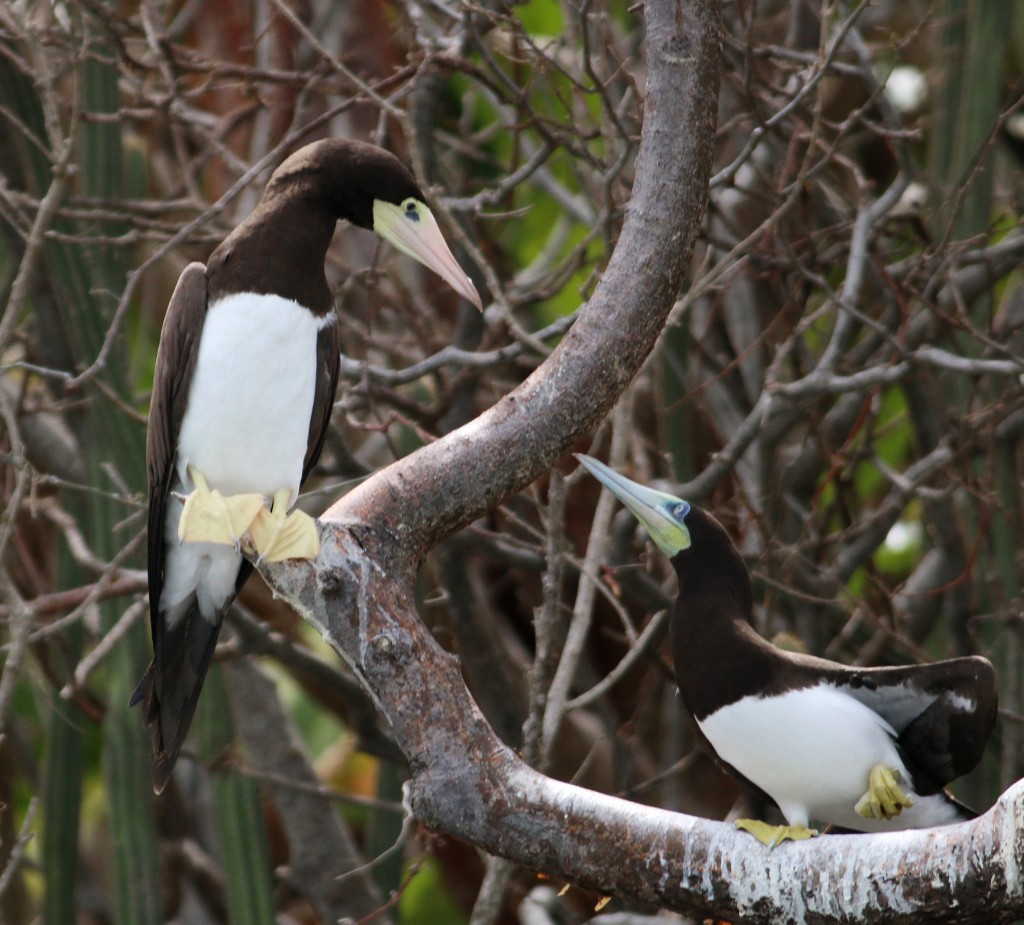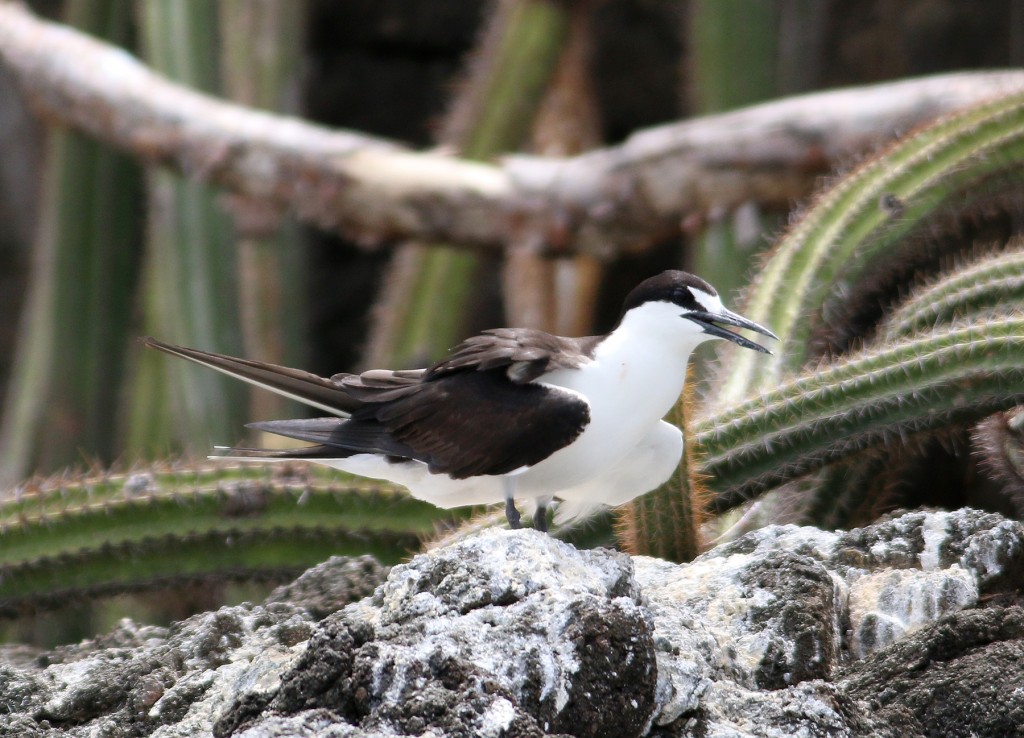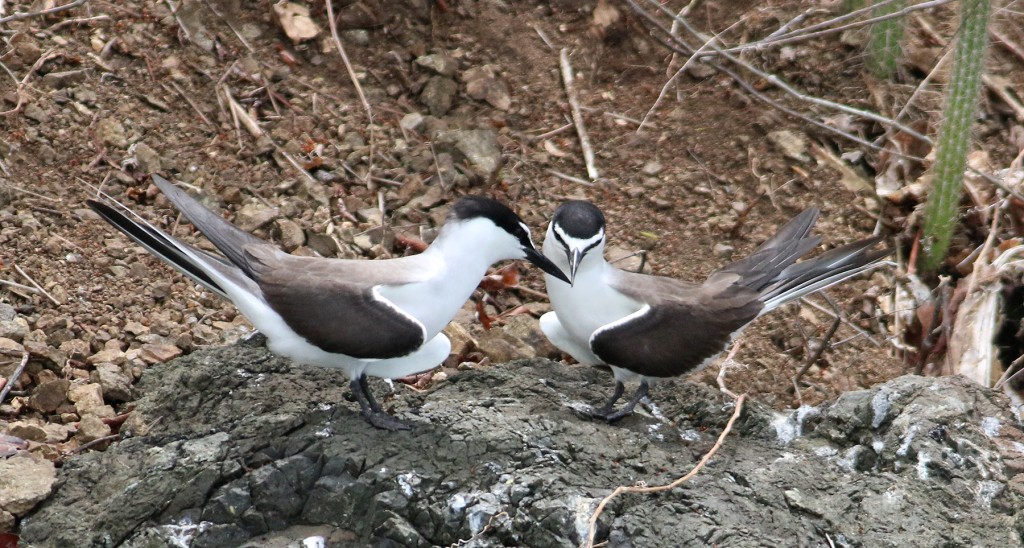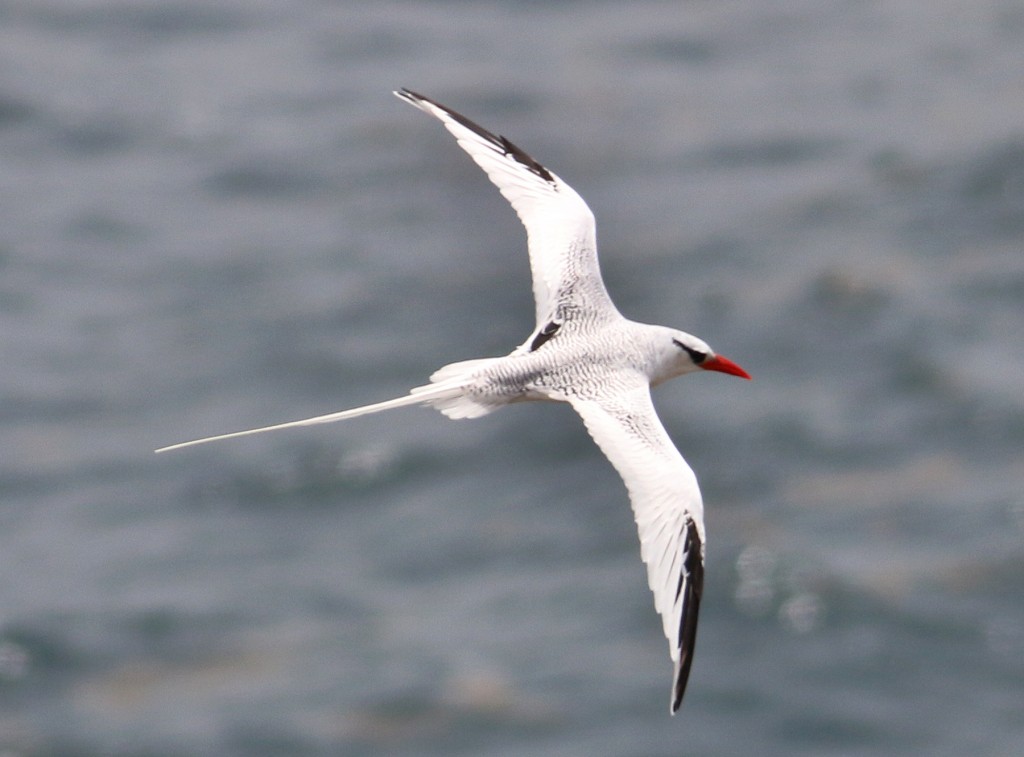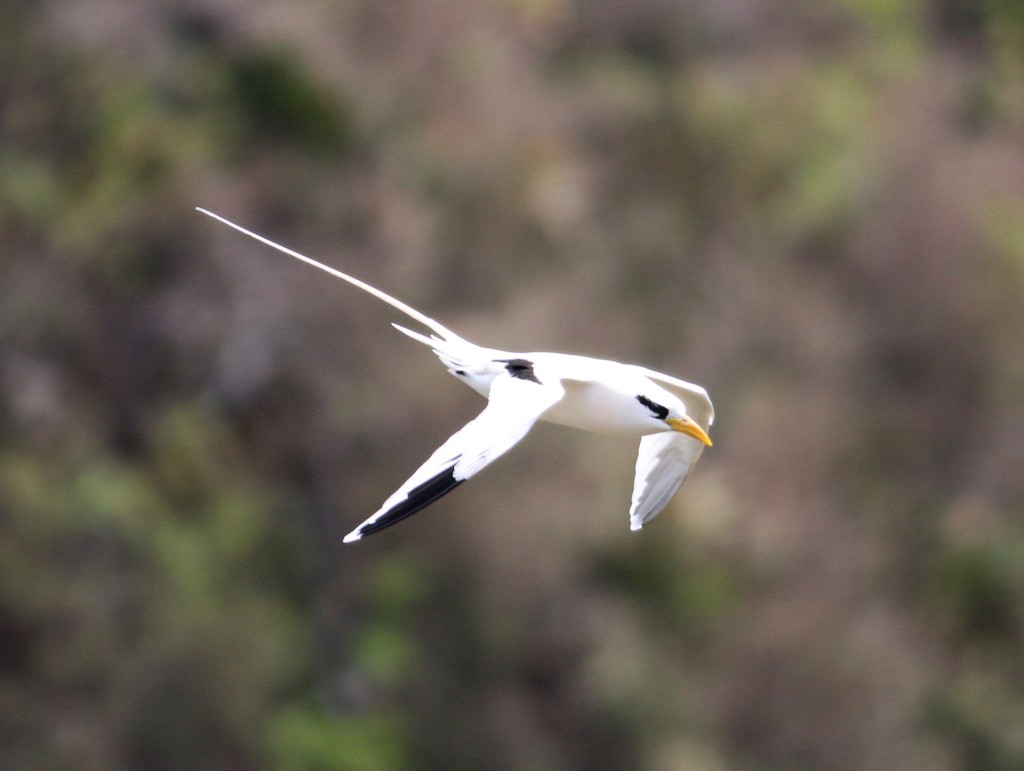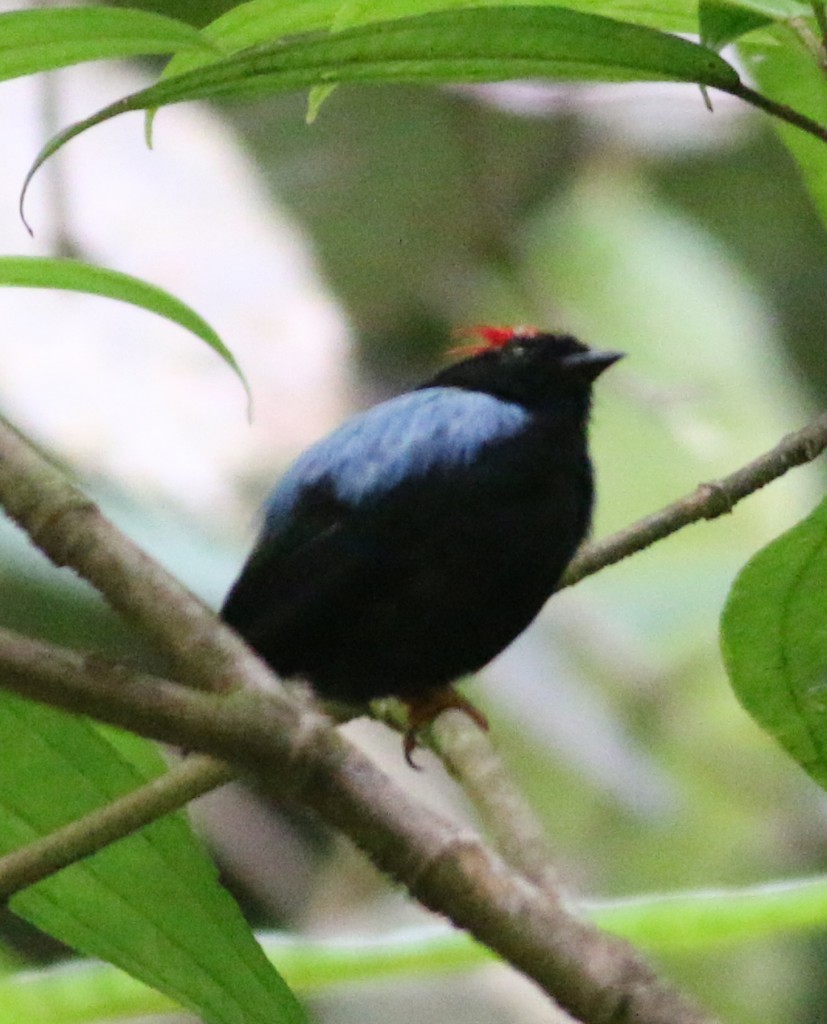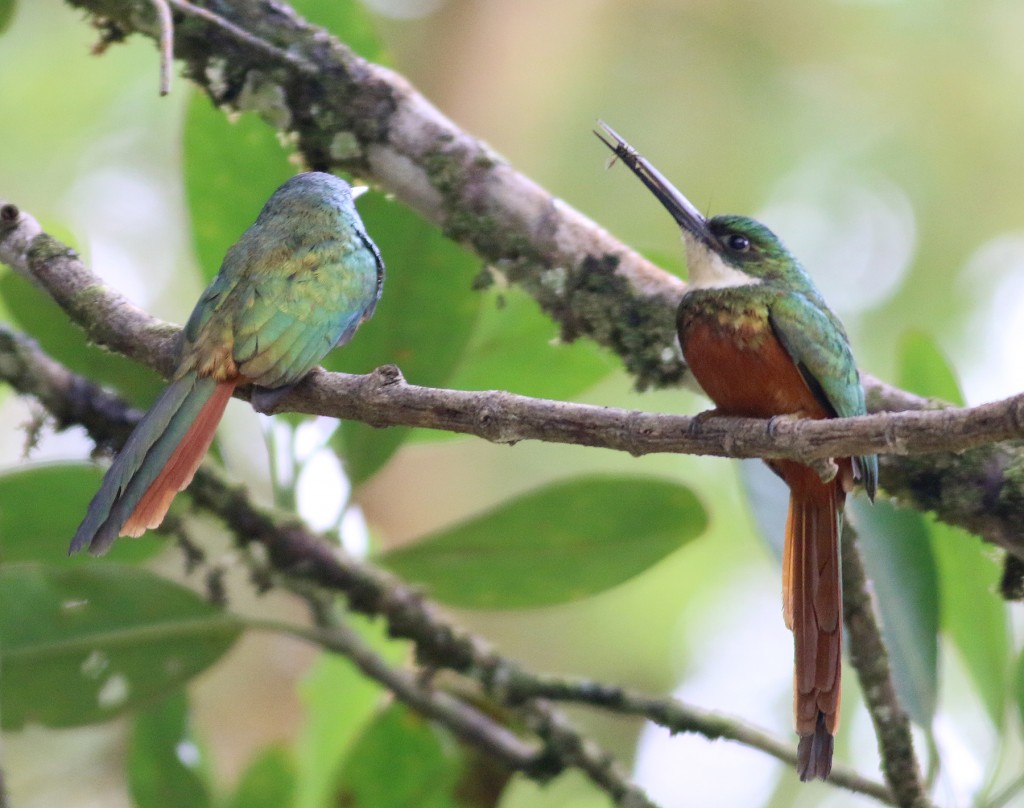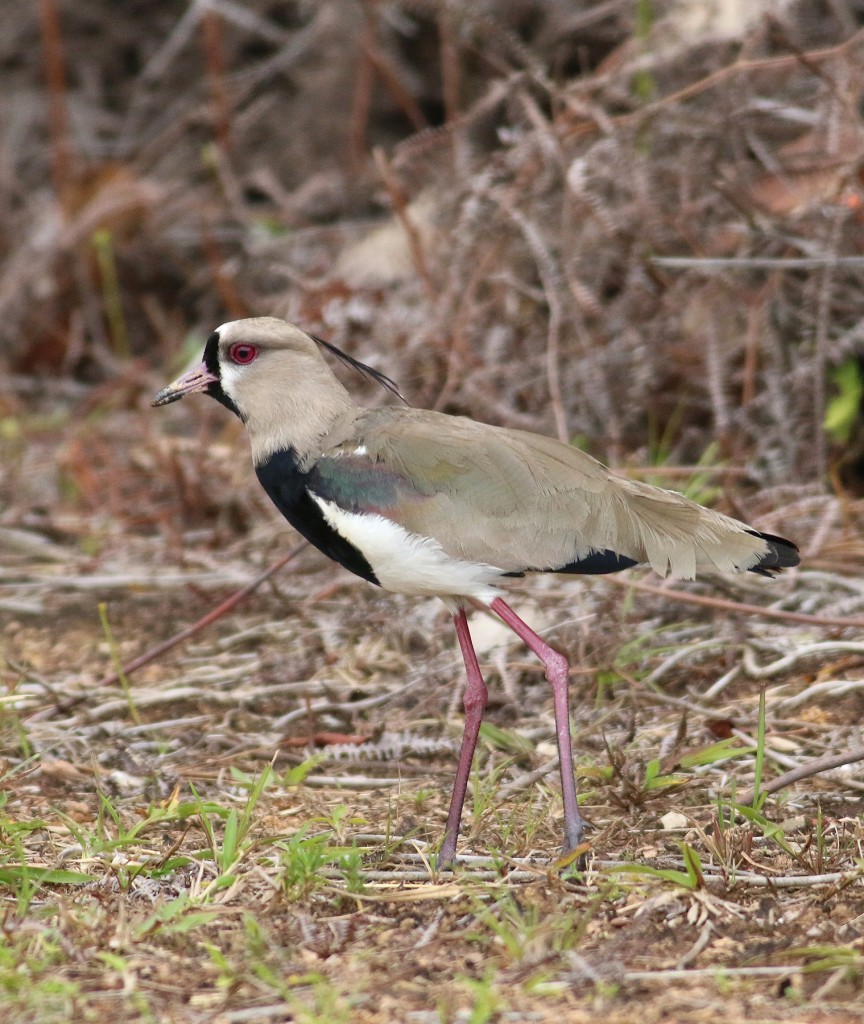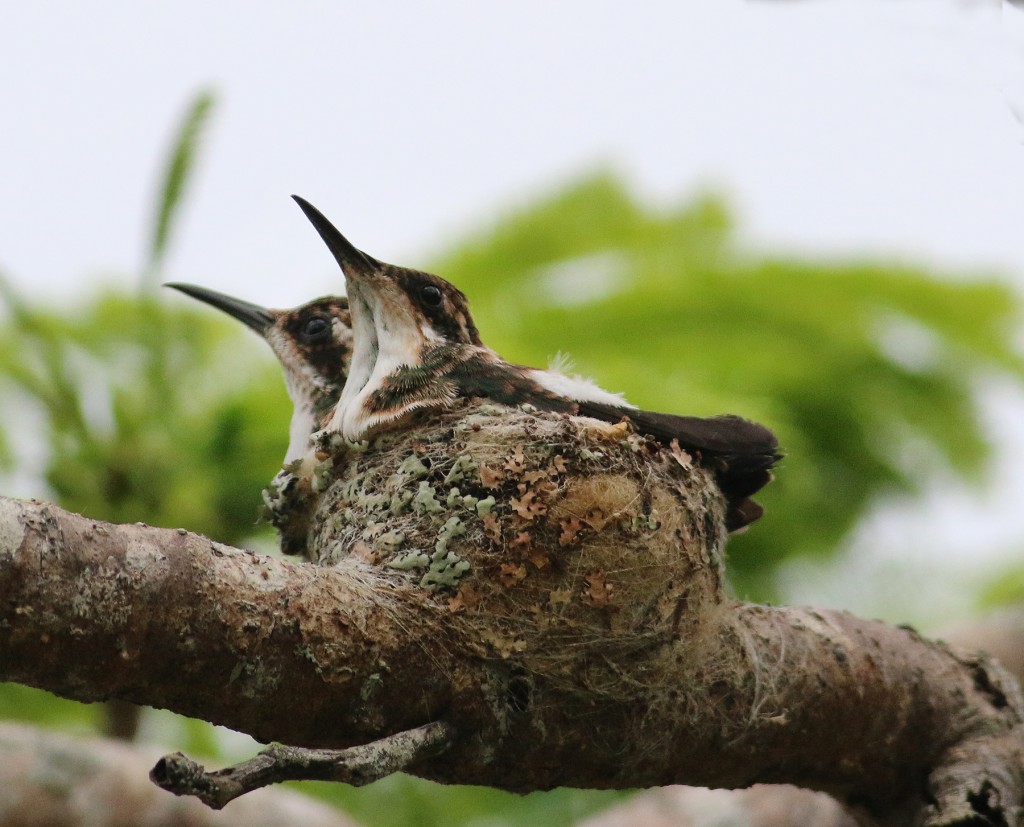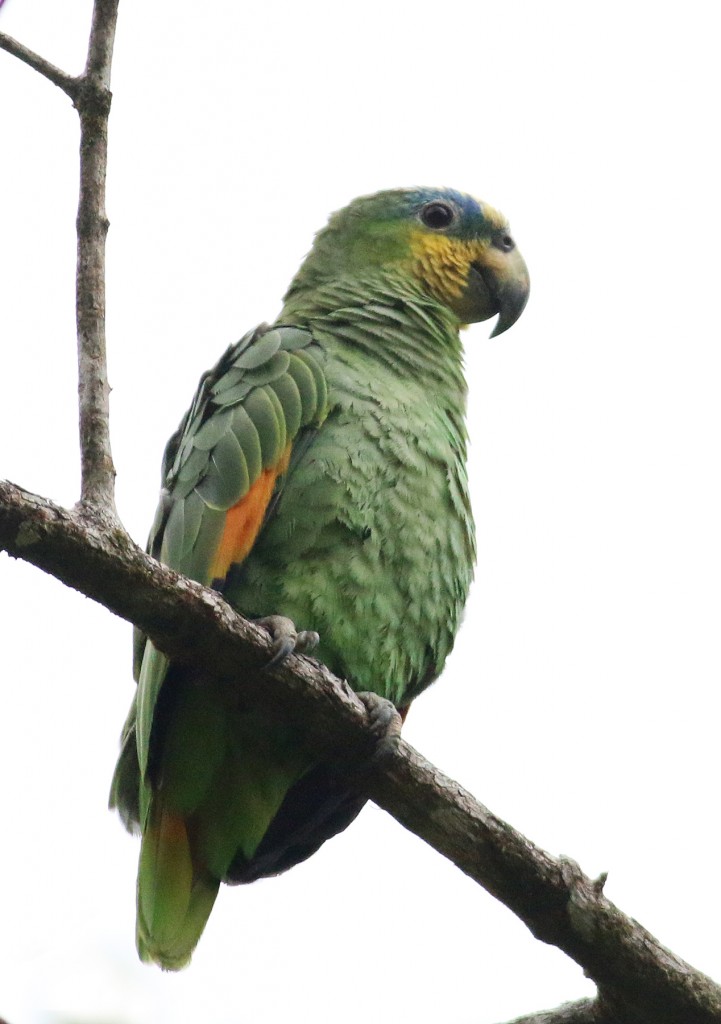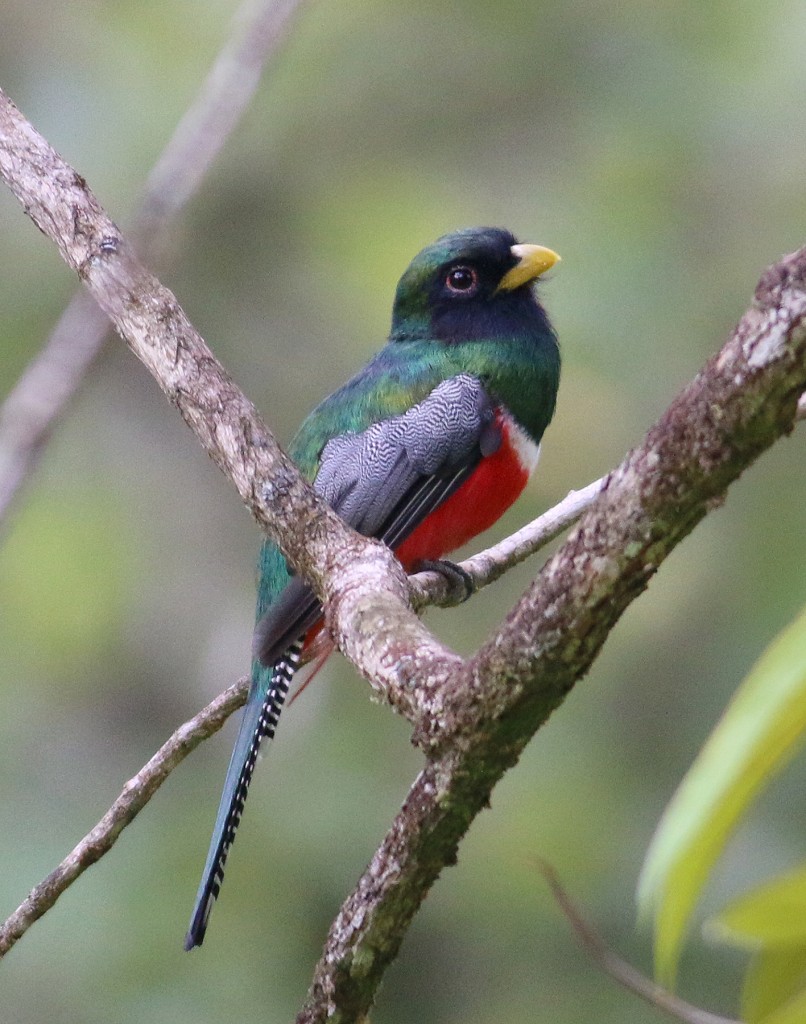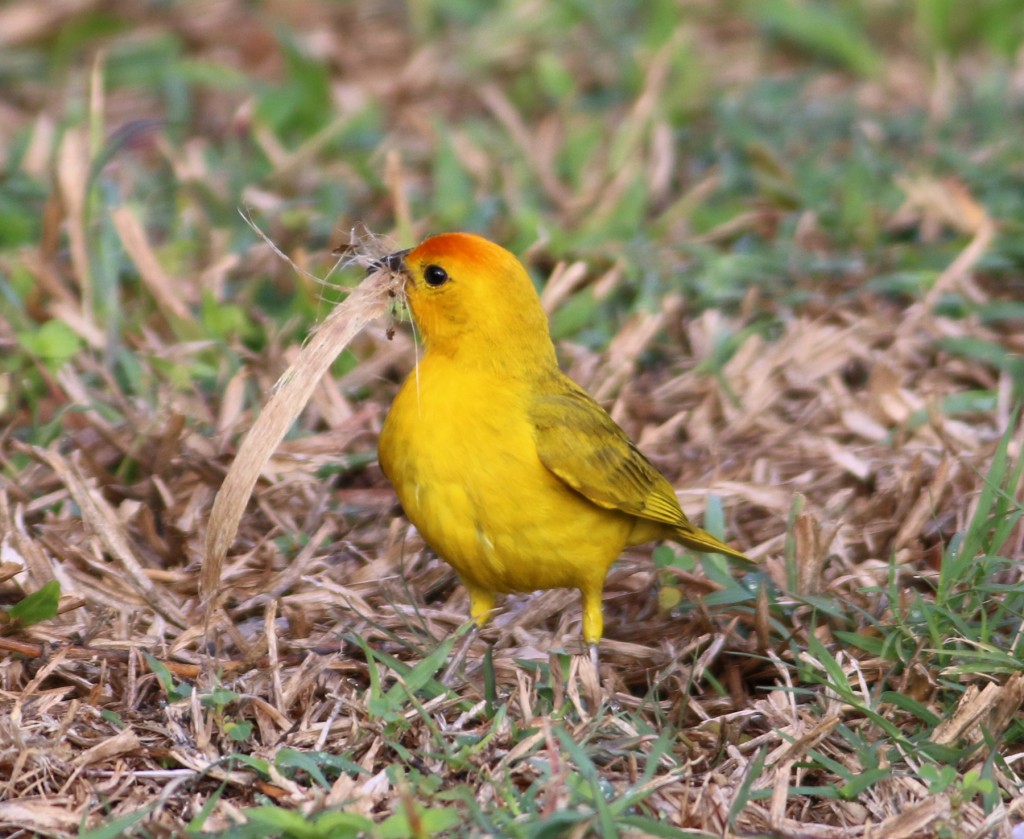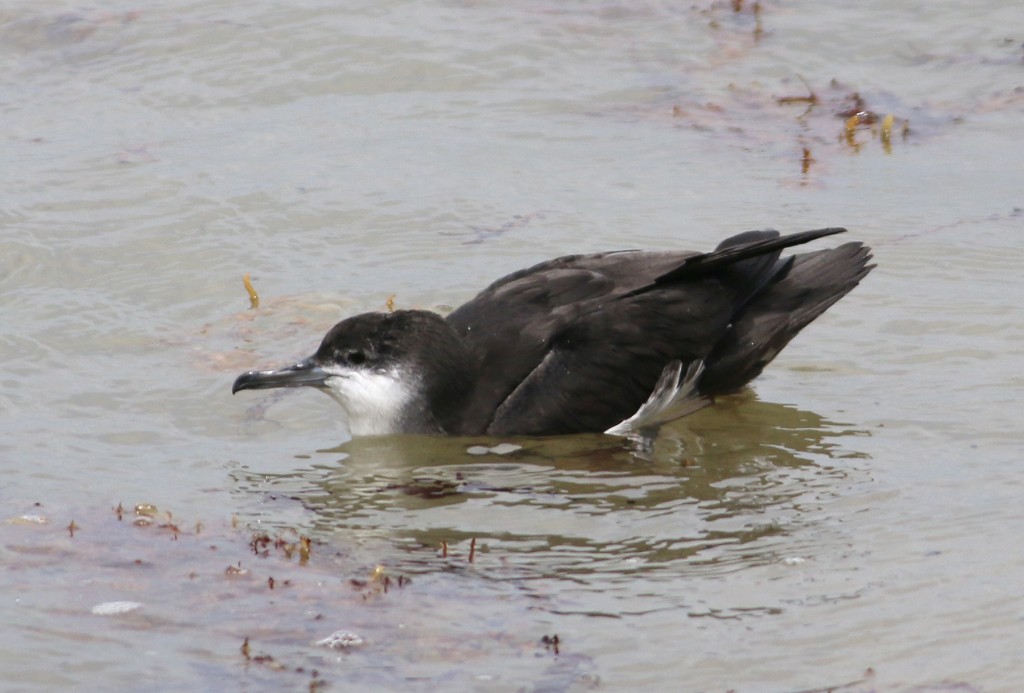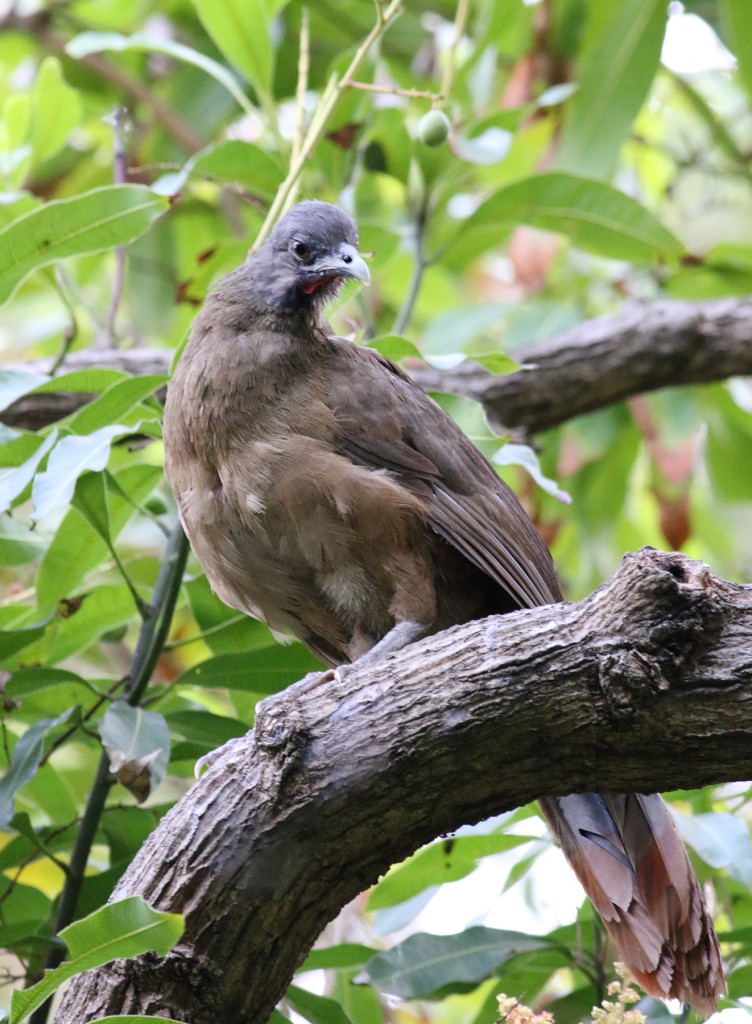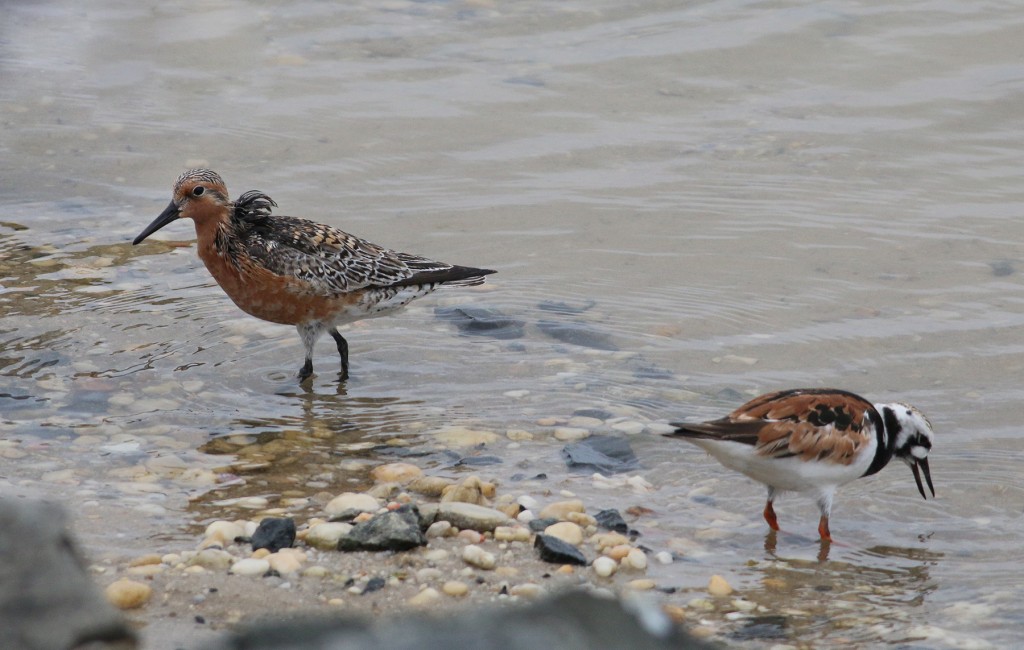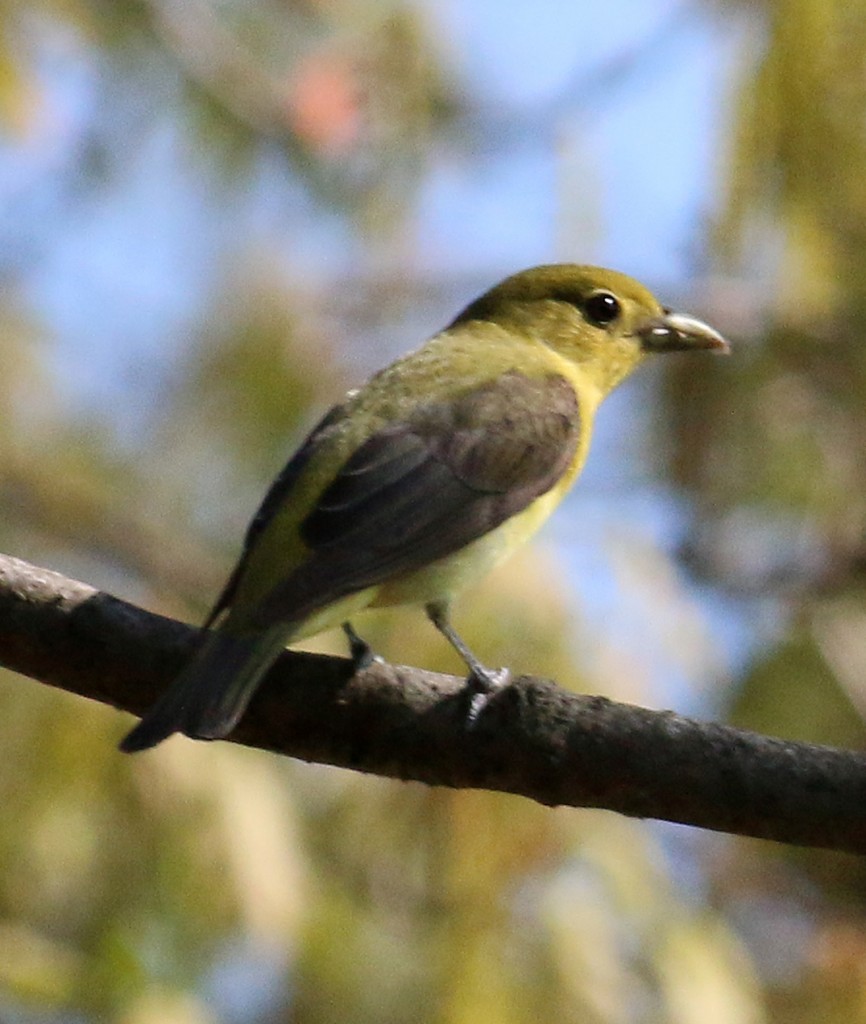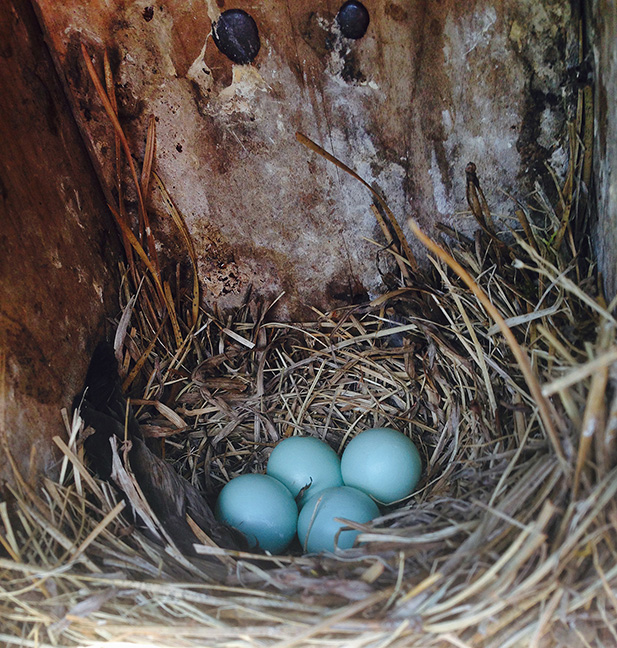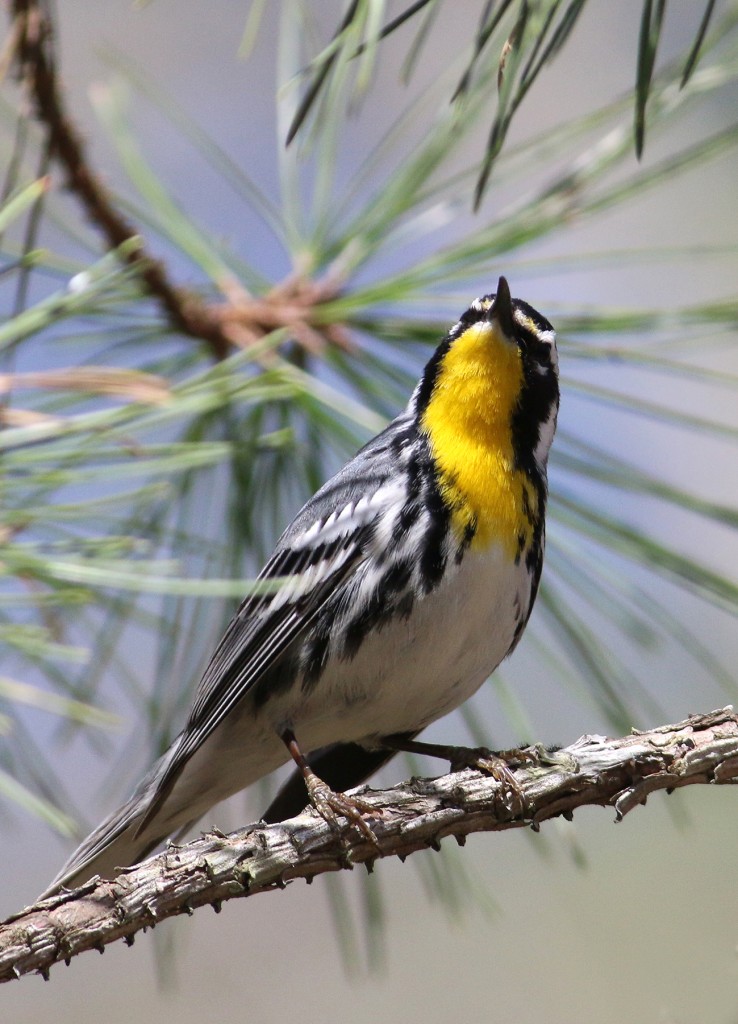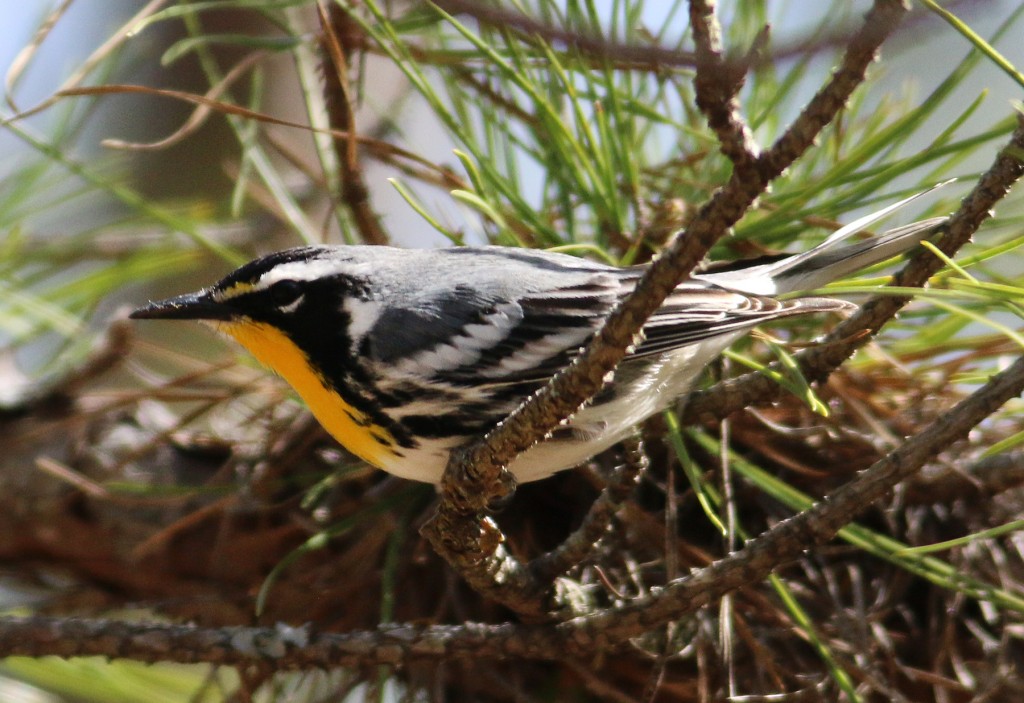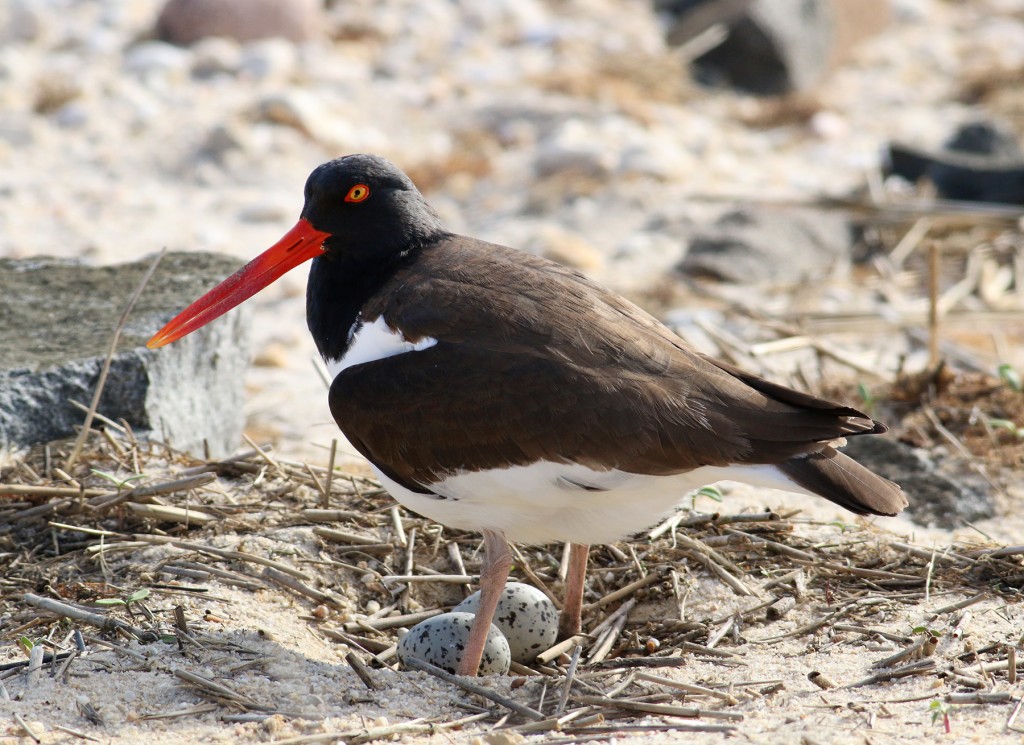Package birding tours to Trinidad often are based at Asa Wright, but include day trips to different habitats. One day trip that we took visited the combination of the Aripo Agricultural Research Station and Nariva Swamp. Aripo is an agricultural area about an hours drive southeast of Asa Wright that contains a set of grassland species that we hadn’t yet seen, including Savannah Hawk, Grassland Yellow Finch, Yellow-chinned Spinetail, Fork-tailed Flycatcher, Pied Water-tyrant, White-headed Marsh-tyrant, Red-breasted Blackbird, Pearl Kite, and the the more widely distributed Smooth-billed Anis, Wattled Jacanas and Southern Lapwings. A short drive through their property found most of those species.
Our next stop, about another hour or so drive further south, was the Nariva Swamp, which is the largest freshwater wetland in Trinidad and a RAMSAR-designated Wetland of International Importance. Again, this area was surveyed by driving through and stopping occasionally, so not much walking was required today. Although June is the beginning of the wet season here in T&T, this has been a particularly dry winter, so much of the wetlands were not really…well, wet. It would be interesting to see how different the birdlife is in this location in different seasons. The target birds here include Green and American Pygmy-Kingfishers, Pinnated Bittern, Black-crested Antshrike, Pale-breasted Spinetail, Red-bellied Macaws, Yellow-headed Blackbird, Limpkin, and Yellow-headed and Crested Caracara, all of which we saw.
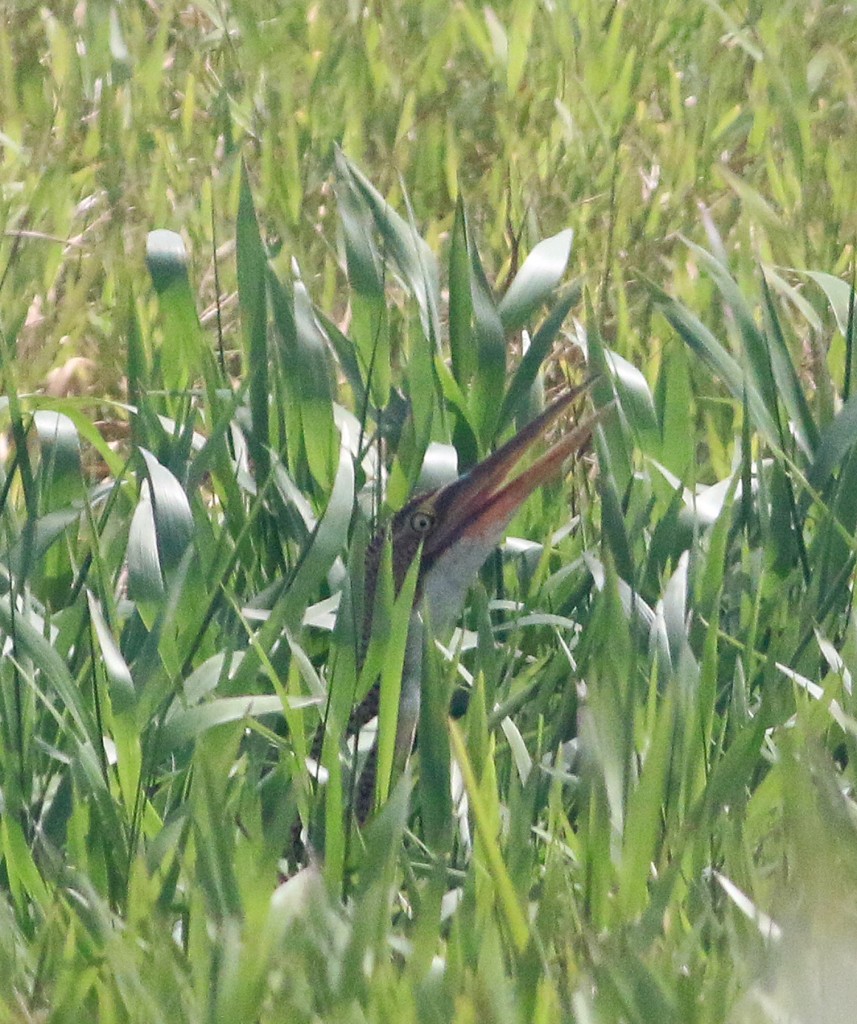
Part of a Pinnated Bittern that we were lucky to see in the tall grasses only because it ran across the road.
It was a day with more driving than I normally like to do, but exposure to new habitats did result in several new and interesting species.
